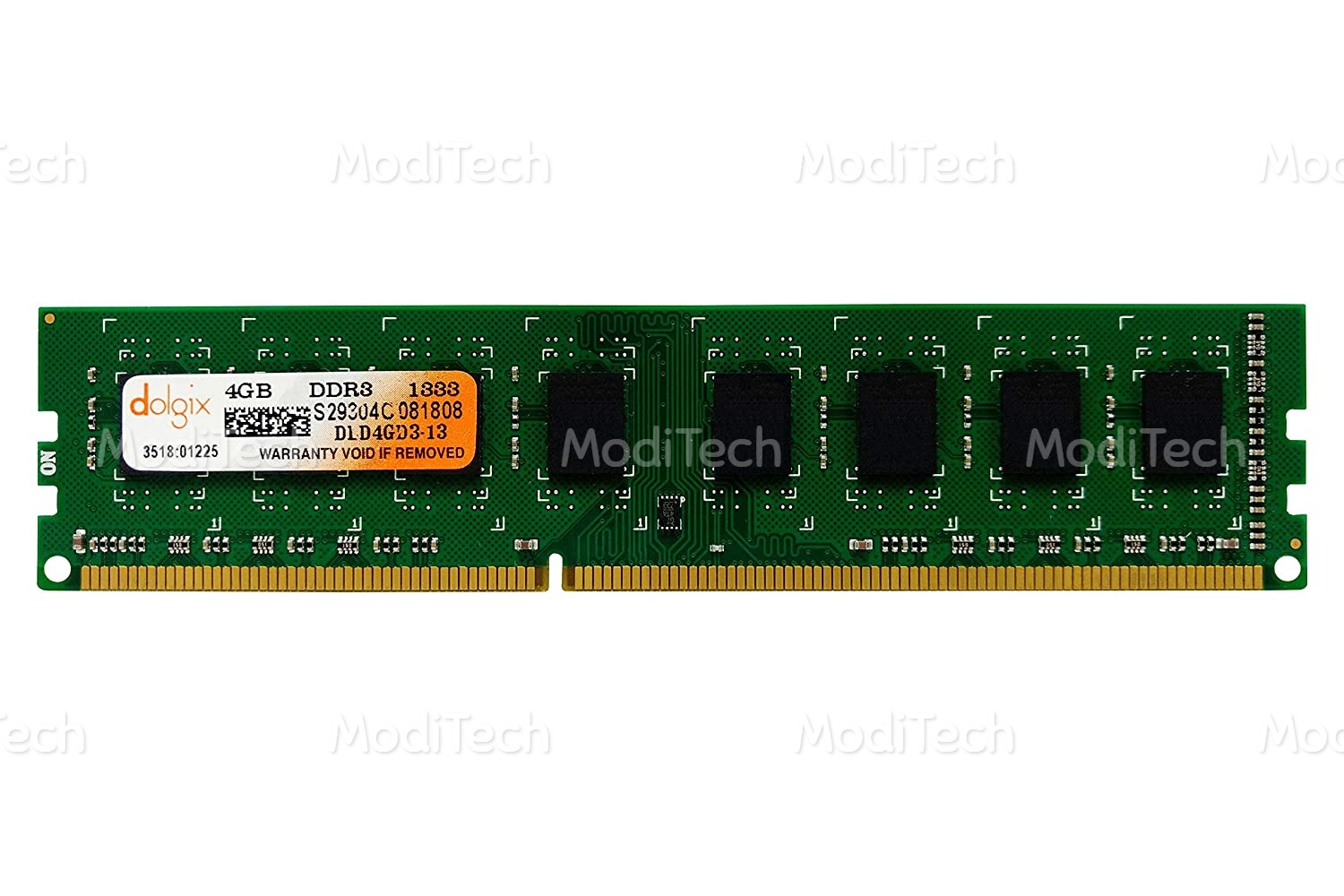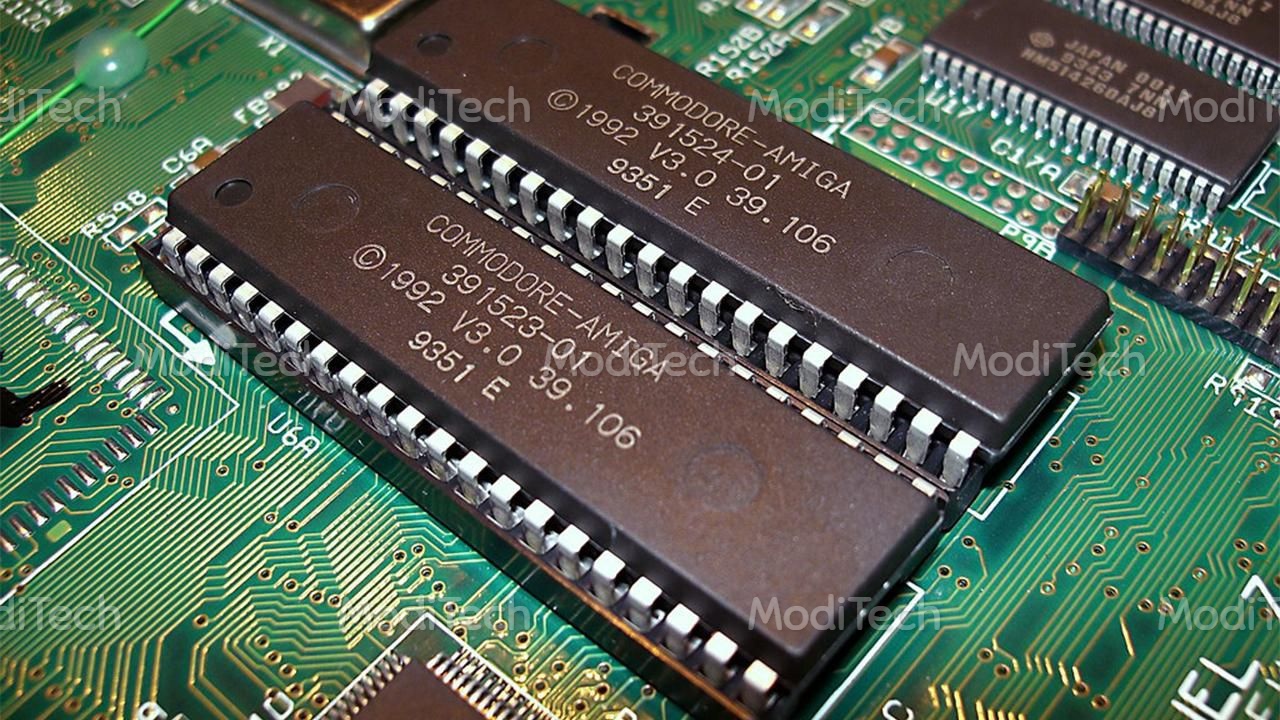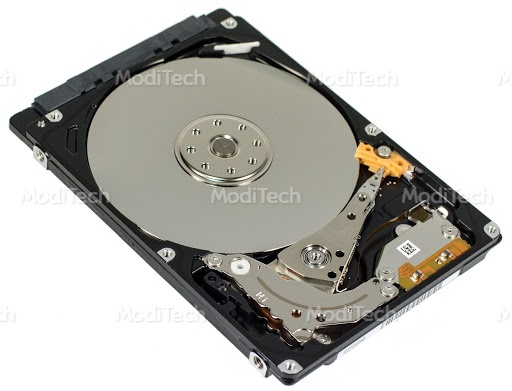Architecture of Computer
➺ Computer Architecture shows the functionality of a computer.
➺ A computer follows an input-process-output cycle, The first stage is performed in a computer by an input unit, the second stage is performed by its central processing unit (CPU) and the last stage is performed by an output device. Thus the basic architecture of computer shown below:-

Input Device
An Input Device refers to any hardware components used to enter data, program, commands, and user response into the computer. It is known as anInput Device. For examples:- Keyboard, Mouse, Scanner, Joystick, OCR, Lightpen, Microphone, etc.
Output Device
Once data has been input into the computer and processed, It is of little use unless it can be retrieved quickly and easily from the system. the computer must be connected to anoutput device. The output units accept the results produced by the computer, convert them into a human-readable form and supply them to the users.
Central Processing Unit (CPU)
The Central Processing Unit (CPU) is also known as PROCESSOR or MAIN PROCESSOR. It is an integrated circuit which operates all the operation of the computer. It accepts data, performs an operation on the data, and sends output results to the computer. Information from an input device is communicated via the bus to the Central Processing Unit (CPU), which is the part of the computer that translates commands and runs programs. It consists of ALU and CU, and a single chip or series of chips that perform arithmetic and logical calculations and controls the operations of the other elements of the system.

Arithmetic Logical Unit (ALU)
It is a digital integrated circuit in the PROCESSOR which carried out arithmetic and logical operation on integer binary number. The data is stored in the primary storage unit and transferred to the ALU whenever needed. Data can be moved from the primary storage to the arithmetic logic unit. After the completion, the results are sent to the output storage section and the output devices. It is the opposite of a floating-point unit that operates on floating-point numbers.
Control Unit
CU stands for Control Unit. It is part of a PROCESSOR (CPU) that tells thePROCESSORhow to execute the operation. It controls all other components of the CPU such as ALU, Memory, Input, and Output Devices. It manages all the resources of the computer. It controls entire parts of the computer and gets the instructions from the programs stored in the primary storage device. Interprets this instruction and subsequently directs the other unit to execute the instructions. Thus it manages and coordinates the entire computer system.
Memory Unit
There are two types of Memory
(a) Primary Memory
(b) Secondary Memory
Primary Memory
Primary Memory is also known as main MEMORY. Theprimary Memoryis the central storage of a computer system based on the semiconductor memory circuit. It is part of the mains computer system. All the information CPU uses, that is stored and accessible from the primary MEMORY. It lost the data when the power supply(electricity) is off.


Secondary Memory
It is also known as external MEMORY. It is a non-volatile memory which means no need to have a power supply to maintain data or information. It stores data on a long-term basis and a large amount of data permanently. It is slower than primary MEMORY. Data from secondary devices need to be bought into primary MEMORY to CPU use it & not directly accessible by the PROCESSOR(CPU). So the computer uses a hardware device(input/output) to access secondary storage.

You might like this :-
○ Generation of computer
○RDBMS Introduction
○DBMS Introduction
○Input device